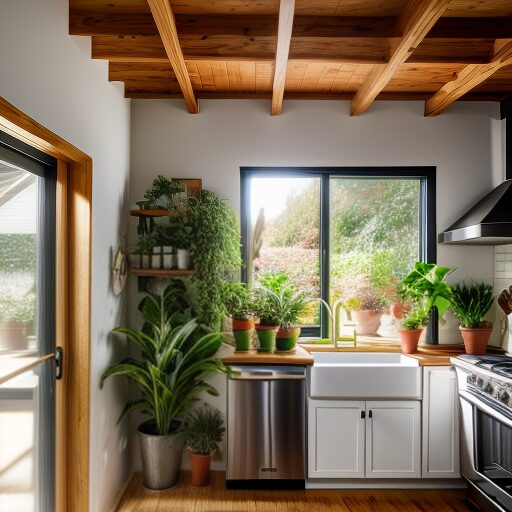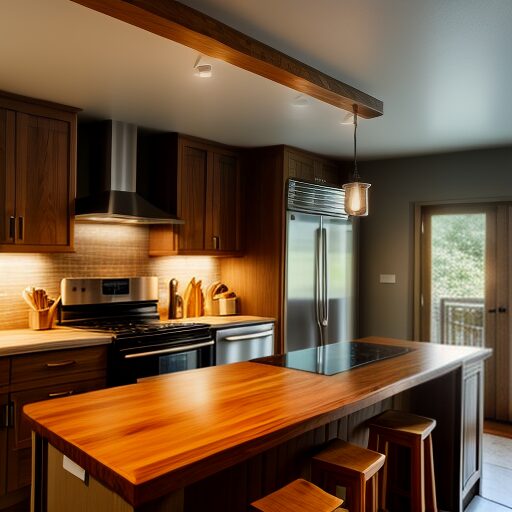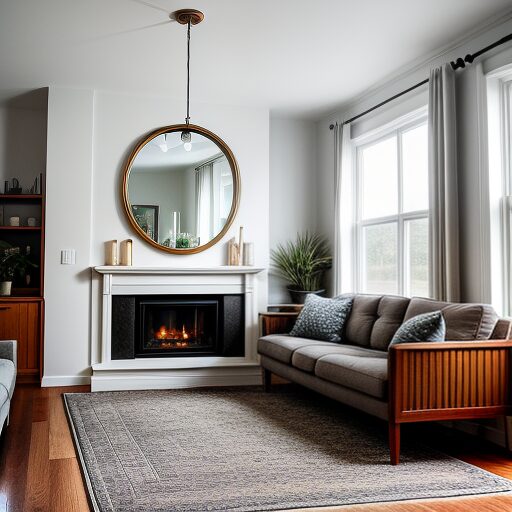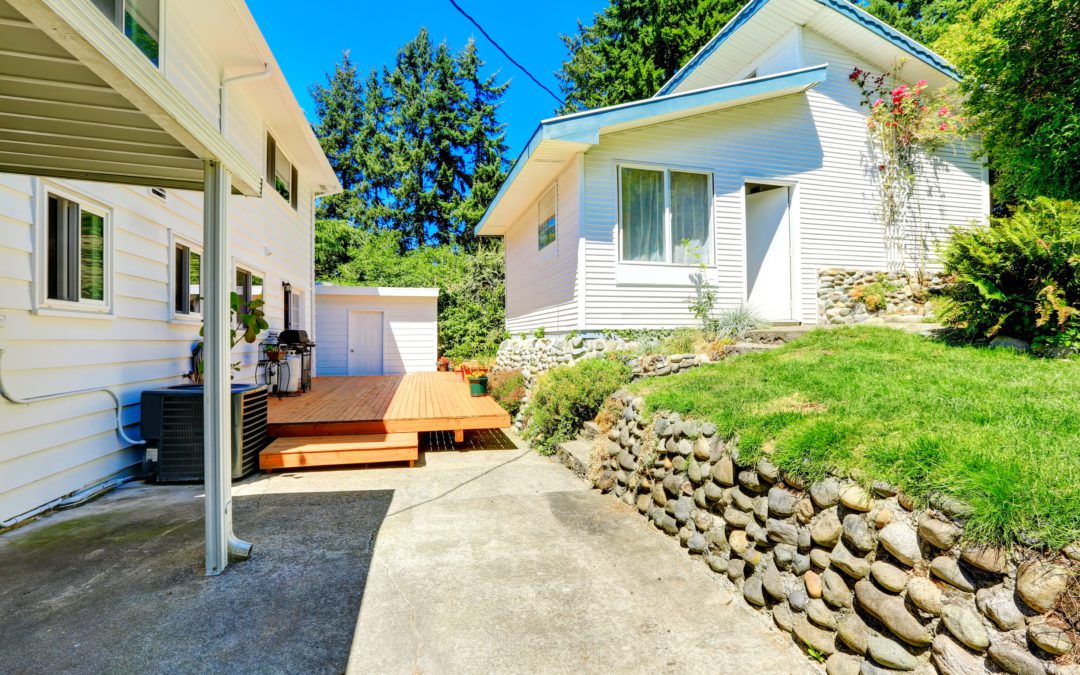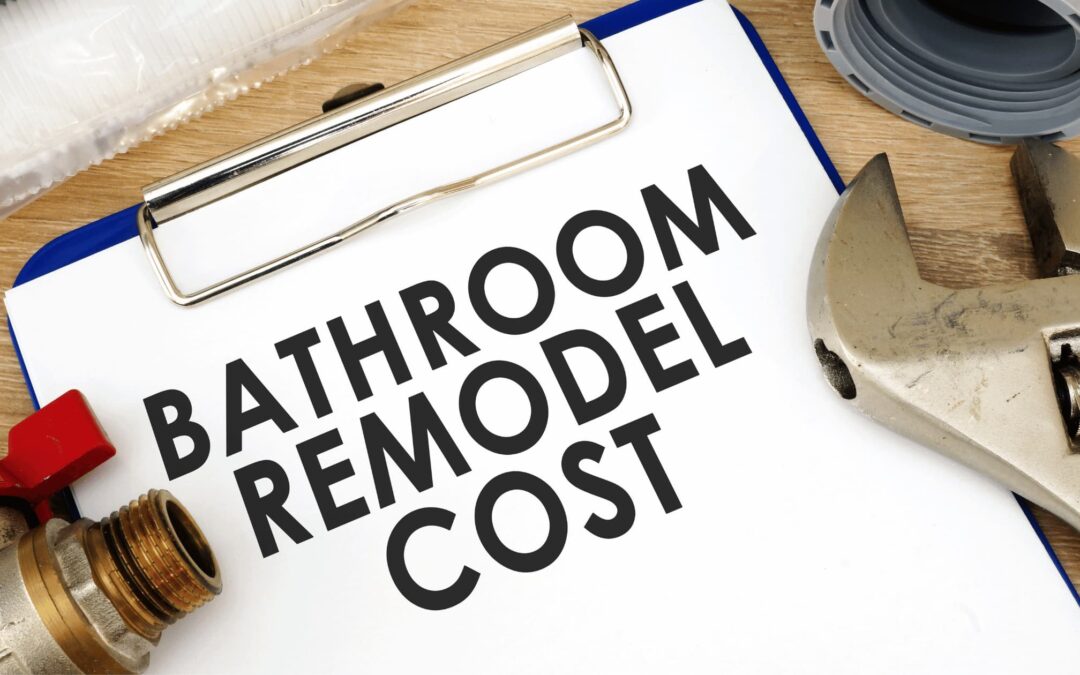
Unlocking the Minimalist Dream: Why ADUs Are the Perfect Choice
As the housing landscape evolves, one trend is shining brighter than a supernova: accessory dwelling units (ADUs). According to Mortgage Rater, Jan 2024, ADUs are poised to outpace traditional housing markets, offering a promising future for minimalist homeowners. Here’s why ADUs are a perfect fit for minimalists:
1. Simplified Living: Minimalism is synonymous with intentional living and decluttering. ADUs naturally embody this ethos by providing a smaller living space that encourages minimalism. With limited square footage, residents are compelled to prioritize their possessions, keeping only what they truly need and value. This promotes simplicity and reduces the need for excessive storage solutions, aligning perfectly with the minimalist lifestyle.
2. Efficient Use of Space: ADUs demand careful planning and efficient utilization of every inch of space. This compels minimalists to get creative with their design choices, ensuring that each area serves multiple purposes. Clever storage solutions, such as built-in cabinets and multifunctional furniture, maximize space while maintaining a clean and uncluttered ambiance.

3. Streamlined Design: Minimalist interior design thrives on clean lines, simple color palettes, and uncluttered spaces. ADUs offer a blank canvas for minimalists to create a streamlined design that reflects their personal style. By opting for minimalist furniture, neutral colors, and a clutter-free layout, ADU interiors can emanate a sense of calm and tranquility, fostering an environment conducive to minimalist living.
4. Quality Over Quantity: Minimalists prioritize quality over quantity in their possessions. With limited space in an ADU, minimalists are encouraged to invest in high-quality, long-lasting items that bring joy and serve multiple purposes. By carefully selecting each piece, minimalists can curate a space that is functional, durable, and aesthetically pleasing, embodying the essence of minimalist principles.
5. Environmental Sustainability: Minimalism and sustainability go hand in hand, making ADUs an ideal housing choice for eco-conscious minimalists. ADUs often feature energy-efficient appliances and fixtures, reducing environmental impact and saving on utility bills. Additionally, the smaller footprint of an ADU requires fewer resources for construction and maintenance, contributing to a more sustainable lifestyle.
6. Enhanced Well-being: A clutter-free and organized living environment promoted by minimalism has been shown to reduce stress and enhance overall well-being. ADUs provide the opportunity to create a space that fosters relaxation, mindfulness, and a sense of serenity. With fewer distractions and a simplified lifestyle, minimalists can focus on what truly matters to them, leading to a more fulfilling and contented life within their ADU.
In conclusion, ADUs offer minimalist homeowners the perfect blend of functionality, aesthetics, and sustainability. From simplified living to efficient space utilization and streamlined design, ADUs align seamlessly with the principles of minimalism, providing a sanctuary where minimalists can thrive. As the future of housing unfolds, ADUs stand out as a beacon of minimalist living, offering a promising path to a more intentional and fulfilling lifestyle.

